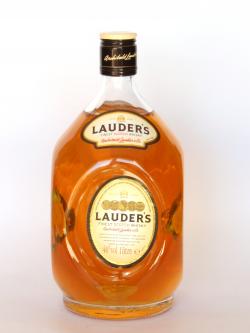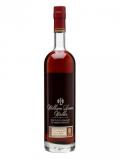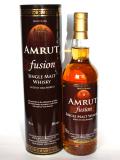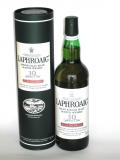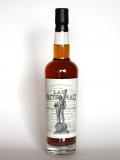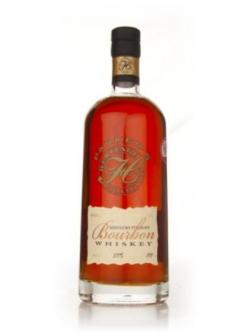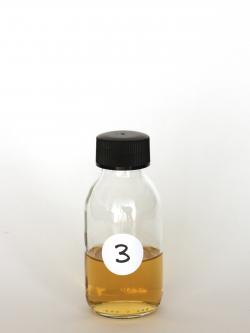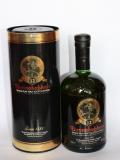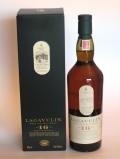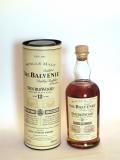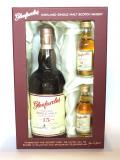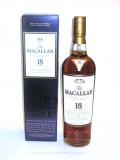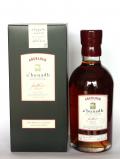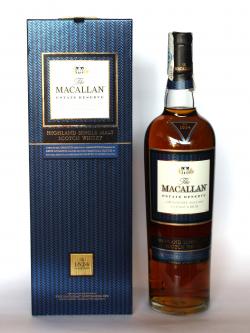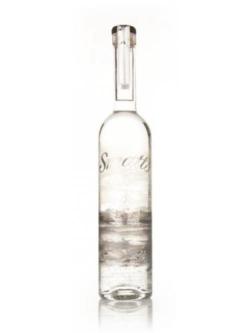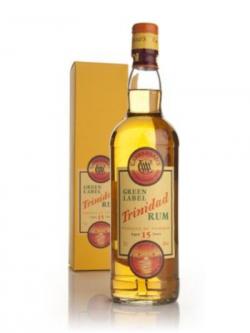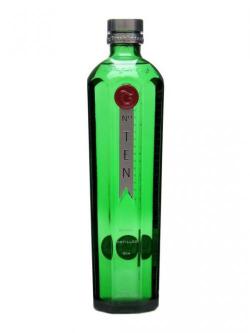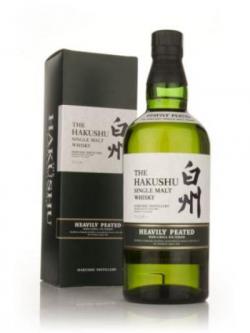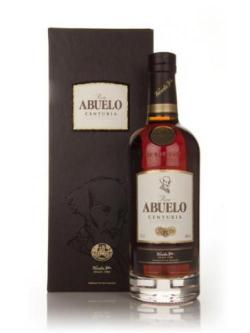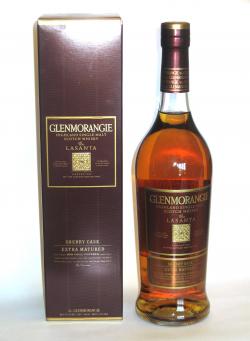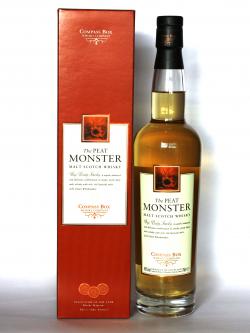Do you drink whisky? Do you enjoy single malts? Do you appreciate it? Great so you have a lot of the way already done. Tasting whiskies is mostly about finding aromas and memories inside the glass and translating them into words.
Whisky is one of the most fascinating drinks I have tried and with these seven steps I will show you how to best appreciate single malts.
Are you ready to learn tasting like a pro?
1. Choose your whiskies
Did I said that whisky tasting only make sense when comparing each of them against the others? Whether you are rating a whisky or just tasting it, everything makes more sense when done against others.

So grab no more than five or six whiskies that you want to taste.
Calibration dram
You can also get a bottle of a whisky that we will call calibration dram. Fine calibration drams are Glenfiddich 12 years old or Glenlivet 12 years old: not expensive, not to dominant in any profile and easy to buy. This whisky will help you tune in so you can compare others against this whisky and see if they are better or worse than it.
You can go ahead without a calibration dram too. I usually does without.
Try to taste similar whiskies in a single tasting.
If it is not possible then sort whiskies using the following guidelines.
A. From youngest to oldest
Usually old single malt whiskies are very complex and need and deserve lots of time and attention to get all the details going around. On the other hand, younger whiskies are most of the times simpler and unidimensional. So to give a fair chance to those whiskies taste them first.
B. Lightest to Heaviest
As you progress in your whisky tasting, not alcohol but flavors and aromas left a mark on you, so it is fair to think that light whiskies will left a smaller mark than a sherried whisky.
Some general guidelines are:
– Lowlands, Highlands, Islands, Speyside, Islay
– Blended, Single Malts
– Irish whisky, Scotch, Bourbon
C. Non peated before Peated
After tasting a peated whisky like Laphroaig, it will severly impair you to fully appreciate lighter whiskies like a grain whisky. So as long as it is possible, try to left peated whiskies for the end of your tasting.
D. From 40% to cask strength.
Usually the best whiskies that any distillery can produce are bottled at cask strength, that is a value that ranges from 40% to 70% usually. As you nose and taste a high strength whisky it will impair you to appreciate the subtle details of a lower bottled whisky. So as long as it is possible, sort them using alcohol content.
Hey! But what happens when two of your guidelines collide? Well, you need to guess. Try an order and if you are not happy with the result, try another day a different approach. The best way of learning this stuff is tasting, tasting and tasting.
Some examples of tastings
Here you have some suggestions to start tasting whisky
Smoky
Let’s walk around Islay tasting some of its great peated whiskies.
Sherried
Some of the greatest Speyside whiskies are aged in sherry casks, give yourself a treat and taste some of this sherries jewels.
2. Prepare the tasting
Still there? Great!. Now go a grab a few things that you will need during the tasting.
– Glasses
– Mineral water
– Glass lid or pieces of paper
– Tasting notes sheets
– Pen

Not all glasses are good for tasting whisky, so try to choose a nice glass and make sure you have enough of them. Place them on the table in front of you.
Identify each glass, either by placing them over a numbered piece of paper or just by placing behind it the bottle that will you pour on it.
Now pour on each glass a small measure of whisky, I usually work with 1.5 – 2cl of whisky. If you pour less it is really hard to nose it, and if you pour more you won’t reach whisky #5.
Done? Now cover the glass, either with a lid or with a squared piece of paper.
3. Consider the whisky
Now grab the glass. Look at the color of the whisky.
Swirl it and see how the whisky return to the bottom of the glass.

Done? Great. Now just forget it. Cover the glass and let it stay calm for a minute.
Color doesn’t matter at all as it can be obtained using burnt sugar and you will see how whisky feels on mouth in a minute.
4. Nose your whisky
Take your glass and slowly approach both glass to nose and nose to glass.
Slowly take a short inspiration and appreciate it.

Move the glass, tilting it to find the way the glass delivers aromas best.
How is it? Light? Strong? Powerful? Write down.
What do you think? How it smells? Bad? Good? Mean? Awesome? Give it a score if you want.
Now try to detail what the whisky smell of? Think of the honey, the barley, the species, the fruits, flowers, the wood of the cask. The whisky is singing about its origins. Just listen to it. Many single malts are really complex, so aromas will arrive to you as a delicious mess. Just write whatever the whisky hit on your mind, most of times you will be right.
If you need close your eyes, yeah! even if it makes you look stupid, as it helps your brain to concentrate on one sense: nose.
Nose the whisky again. Repeat. Repeat. Repeat. You are done with it once you are sure about what you wrote. Keep in mind that all whiskies evolve when they are exposed to open air, so give the whiskies a few minutes to open itself up.
Whisky-o-matic nosing approach
If you want to send your tasting notes to A Wardrobe of Whisky so Whisky-o-matic can use it you need to write the nosing in a special way. Write down the things you nose in the order that appears on the glass, which usually is from most powerful to most delicate aromas, and try to detail as much as possible aromas you get.
So instead of campfire near the seashore that is very poetic you have to write something like peat, smoke, salt, iodine. Got it? If you are not sure if it is apple or pears for example, write fruits or fruits, apple so whisky-o-matic can understand what it is going on.
5. Taste your whisky
Take a small sip of the whisky we are nosing.
How does it feel on the mouth? Is it light, or dense? Does it burn or is it a smooth whisky? Tick, tick , tick.

Take another sip, a generous one, and this time keep it on your mouth while rolling it around. Write down how it taste, it is a similar approach to what you did on the nose. Does it taste sweet? dry? of fruits? Write down.
Swallow it ( or spit ).
What do you think of it? Nice? Bad? Too dry? Too sweet? Score it if you please.
Have another sip and check that you are happy with what you wrote.
Whisky-o-matic tasting approach
As we did on the nosing, we have to write the most specific terms in the order they appear. For example: honey, malt, spices, cinnamon, nuts, cocoa. Again if you are not sure about the exact term use a generic one like: sweet instead of honey.
6. Listen to how it finish
Bad news! You need another sip.
Have it, swallow ( or spit ) and wait a few seconds. What taste do you have in your mouth right now? How long is it? Do you like? Score it.
7. Compare, check, write!
You are almost done.
Nose a last time to see if everything is as you wrote and now the hardest part.
Try to summarize the experience in a few lines of text, what memories this whisky brings you, which feelings does it trigger on you? Be creative.
Whisky-o-matic approach
Now you can release the poet you have inside, write the most creative two or three lines you can about your whisky.
We will use this on the tasting note.
Now you can upload your tasting note to A Wardrobe of Whisky. Just find the bottle you have tasted and scroll down until you see Tasting notes section
Finishing you tasting session
Now you are done with this whisky. Repeat the process with the rest of them until you are done.
Now before finishing, just ask yourself which one has been your favorite.
Is the favorite the best scored whisky? It should be if you want your scores to be useful for you.
In case it isn’t, just check on the whiskies where the problem could be.
Resources
Blank Tasting note Template
A Wardrobe of Whisky Social
Do you like? Please share this article.
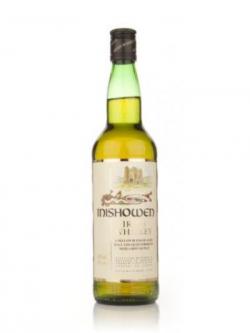
 Share your thoughts!
Share your thoughts! 


 Buy on The Whisky Exchange for £49.95
Buy on The Whisky Exchange for £49.95
 Buy on Master of Malt for £53.83
Buy on Master of Malt for £53.83


 Buy on The Drink Shop for £57.11
Buy on The Drink Shop for £57.11
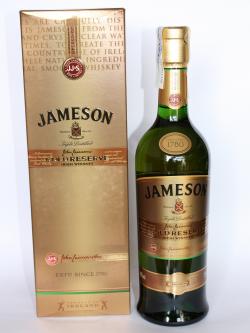





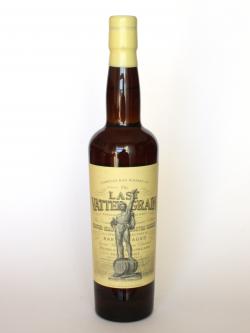

 Buy on Whisky Online for £175.00
Buy on Whisky Online for £175.00
